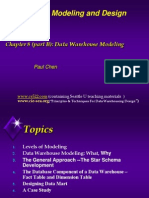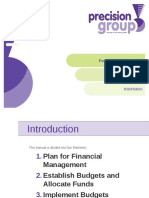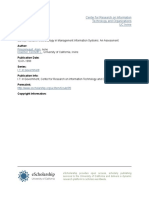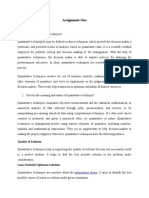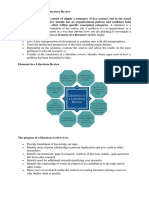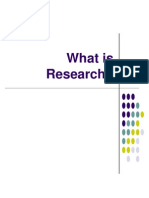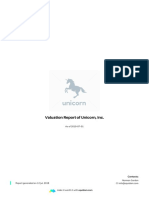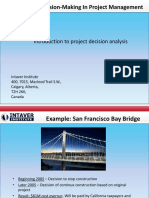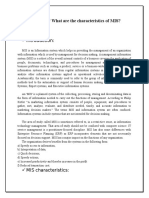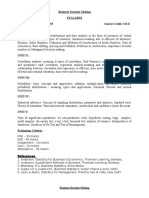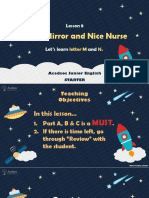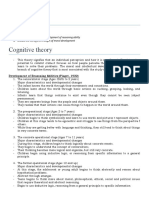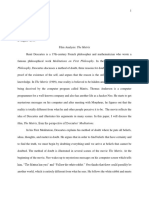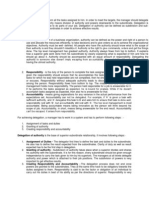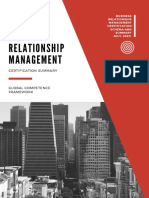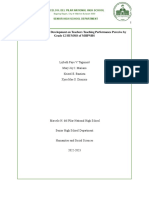0% found this document useful (0 votes)
87 views6 pagesThe Predictive Analytics Model
The document discusses predictive analytics and predictive modeling. It addresses several key points:
1) The core areas of a well-structured predictive analytics program include understanding customer data to optimize advertising, tailor content, and boost profits.
2) The role of a predictive analytics business partner is to provide analytical support to decision makers and help provide information and analysis on organizational performance and trajectory.
3) The purpose of predictive models is to provide the best judgment of what will happen in the future based on historical data, in order to help decision making and improve organizational performance.
Uploaded by
Armand CristobalCopyright
© © All Rights Reserved
We take content rights seriously. If you suspect this is your content, claim it here.
Available Formats
Download as DOCX, PDF, TXT or read online on Scribd
0% found this document useful (0 votes)
87 views6 pagesThe Predictive Analytics Model
The document discusses predictive analytics and predictive modeling. It addresses several key points:
1) The core areas of a well-structured predictive analytics program include understanding customer data to optimize advertising, tailor content, and boost profits.
2) The role of a predictive analytics business partner is to provide analytical support to decision makers and help provide information and analysis on organizational performance and trajectory.
3) The purpose of predictive models is to provide the best judgment of what will happen in the future based on historical data, in order to help decision making and improve organizational performance.
Uploaded by
Armand CristobalCopyright
© © All Rights Reserved
We take content rights seriously. If you suspect this is your content, claim it here.
Available Formats
Download as DOCX, PDF, TXT or read online on Scribd
/ 6





